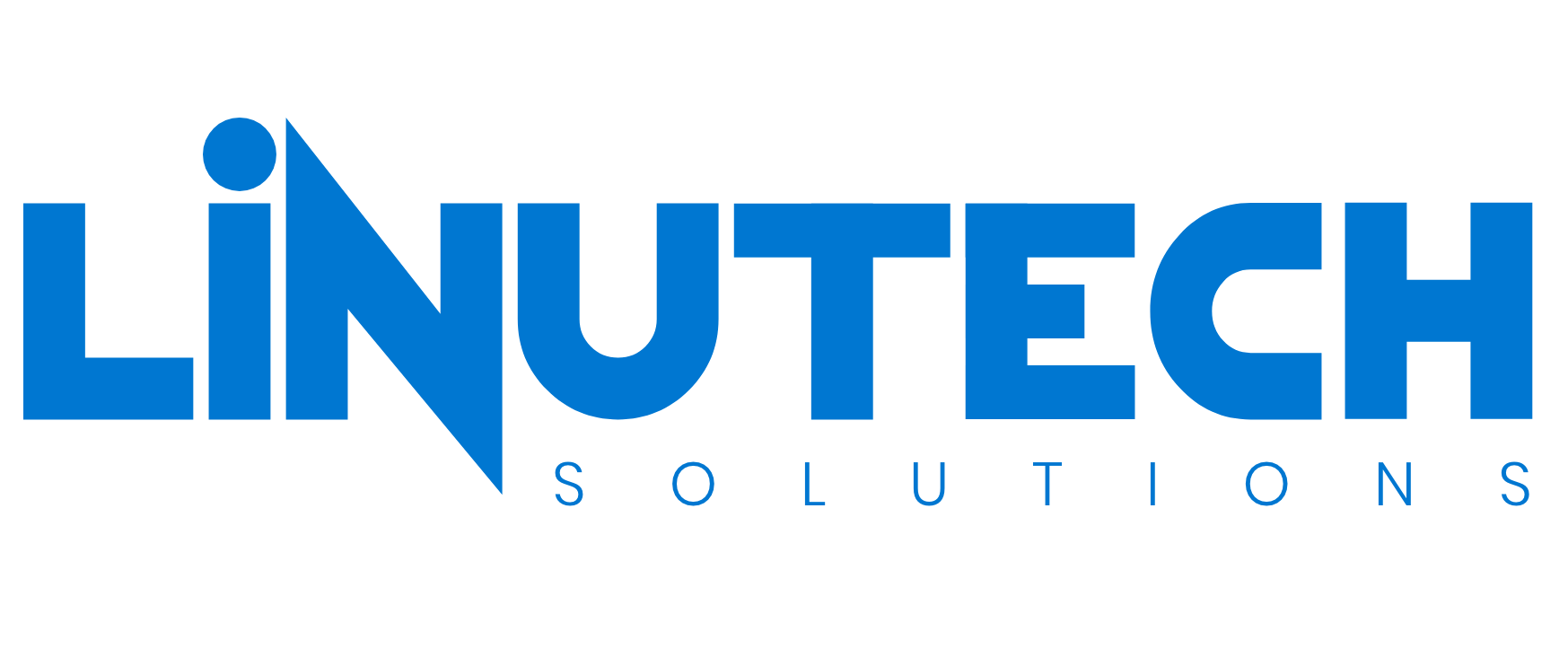Simplifying Common Technology Terms
Understanding the terminology is key to effective communication and decision-making. Below is a glossary of commonly used IT terms and their explanations:
Cloud Computing:
Definition: Cloud computing refers to the delivery of computing services (e.g., storage, servers, databases, networking) over the internet, often in a pay-as-you-go model.
Cybersecurity:
Definition: Cybersecurity is the practice of protecting computer systems, networks, and data from theft, damage, or unauthorized access.
VPN (Virtual Private Network):
Definition: A VPN is a secure network connection that allows users to access the internet privately and securely by creating a tunnel between their device and a remote server.
Malware:
Definition: Malware is a collective term for malicious software, including viruses, worms, Trojans, and spyware, designed to harm or compromise computer systems.
Data Backup:
Definition: Data backup involves creating copies of important files and data to safeguard against data loss due to hardware failures, accidents, or cyberattacks.
IoT (Internet of Things):
Definition: IoT refers to the interconnectedness of devices and objects (e.g., smart appliances, sensors) that can communicate and share data over the internet.
Phishing:
Definition: Phishing is a cyberattack where attackers impersonate legitimate entities to trick individuals into revealing sensitive information, such as login credentials or financial data.
Ransomware:
Definition: Ransomware is a type of malware that encrypts a victim’s data and demands a ransom for the decryption key.
DNS (Domain Name System):
– Definition: DNS is a system that translates domain names (e.g., www.example.com) into IP addresses, allowing users to access websites using human-readable names.
Firewall:
– Definition: A firewall is a network security device that monitors and filters incoming and outgoing network traffic to protect against unauthorized access and threats.
SaaS (Software as a Service):
– Definition: SaaS is a cloud computing model where software applications are hosted and provided to users over the internet, typically on a subscription basis.
Artificial Intelligence (AI):
Definition: AI refers to the simulation of human intelligence in machines, enabling them to perform tasks that typically require human intelligence, such as learning, problem-solving, and decision-making.
Machine Learning:
Definition: Machine learning is a subset of AI that focuses on the development of algorithms and statistical models that enable computers to improve their performance on a specific task through experience and data analysis.
Blockchain:
Definition: Blockchain is a distributed and decentralized ledger technology that records transactions across multiple computers, ensuring transparency, security, and immutability.
Quantum Computing:
Definition: Quantum computing leverages the principles of quantum mechanics to perform complex calculations at speeds unimaginable for classical computers, potentially revolutionizing fields like cryptography and optimization.
DevOps (Development and Operations):
Definition: DevOps is a set of practices that combines software development and IT operations to shorten the software development life cycle, automate processes, and improve collaboration between teams.
Containerization:
Definition: Containerization is a lightweight form of virtualization that allows applications and their dependencies to be packaged into containers for consistent deployment and scalability.
API (Application Programming Interface):
Definition: An API is a set of rules and protocols that allows different software applications to communicate and interact with each other, enabling data exchange and functionality integration.
Cybersecurity Threat Vectors:
Definition: Threat vectors are paths or methods that cyber attackers use to exploit vulnerabilities. Common vectors include phishing, malware, DDoS attacks, and social engineering.
Serverless Computing:
– Definition: Serverless computing is a cloud computing model where developers focus on writing code, and the cloud provider manages the infrastructure, automatically scaling resources as needed.
Edge Computing:
– Definition: Edge computing involves processing data closer to its source (e.g., IoT devices) to reduce latency and improve real-time data analysis, often in contrast to traditional centralized cloud computing.
5G Technology:
– Definition: 5G is the fifth generation of wireless technology, offering faster data speeds, lower latency, and greater connectivity, which will support advanced applications like IoT and augmented reality.
Hypervisor:
– Definition: A hypervisor is a software or hardware layer that enables virtualization by managing multiple virtual machines on a single physical host, ensuring isolation and resource allocation.
Data Science:
– Definition: Data science is an interdisciplinary field that uses scientific methods, algorithms, and systems to extract insights and knowledge from structured and unstructured data.
Ethical Hacking:
– Definition: Ethical hacking, also known as penetration testing, involves legally and ethically attempting to identify vulnerabilities and weaknesses in computer systems to improve security.
LAN (Local Area Network):
- Definition: A LAN is a network that connects computers and devices in a limited area such as a home, school, computer laboratory, or office building. It’s known for its high data transfer rates and relatively small geographic range.
- Usage Example: A LAN is typically used to connect office workstations for sharing files, printers, and applications within a single building.
WAN (Wide Area Network):
- Definition: A WAN spans a large geographic area, often a country or continent. It connects multiple LANs and is capable of carrying data across long distances using telephone lines, satellite links, or fiber-optic cables.
- Usage Example: The internet is the largest WAN, connecting millions of LANs worldwide.
MAN (Metropolitan Area Network):
- Definition: A MAN is larger than a LAN but smaller than a WAN. It covers a city or a metropolitan area and is used for connecting businesses and consumers in that region.
- Usage Example: A MAN might be used to connect the various branch offices of a corporation within a city to a central hub.
PAN (Personal Area Network):
- Definition: A PAN is a network for interconnecting devices centered around an individual person’s workspace. The range is typically a few meters.
- Usage Example: Bluetooth-enabled devices connecting to your smartphone create a PAN.
SAN (Storage Area Network):
- Definition: A SAN is a specialized network designed to provide access to consolidated, block-level data storage. SANs are primarily used to make storage devices accessible to servers so that the devices appear to the operating system as locally attached drives.
- Usage Example: A business may use a SAN to connect multiple data storage devices to a range of servers for efficient data management and redundancy.
NAS (Network Attached Storage):
- Definition: NAS is a type of dedicated file storage device that provides local area network (LAN) users with centralized, consolidated disk storage through a standard Ethernet connection.
- Usage Example: Small businesses or home users might use a NAS for storing and sharing files within a local network without the complexity of a SAN.




